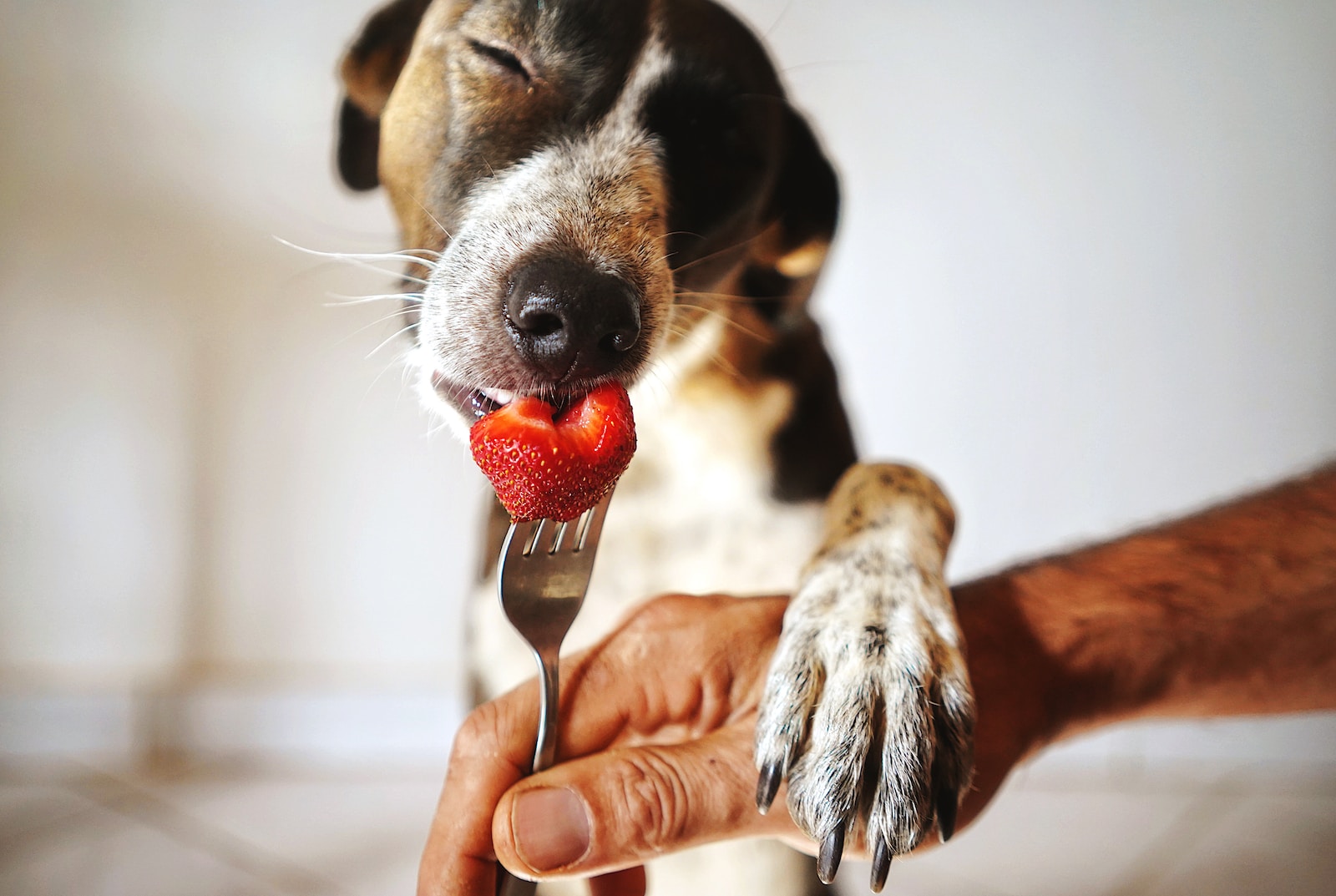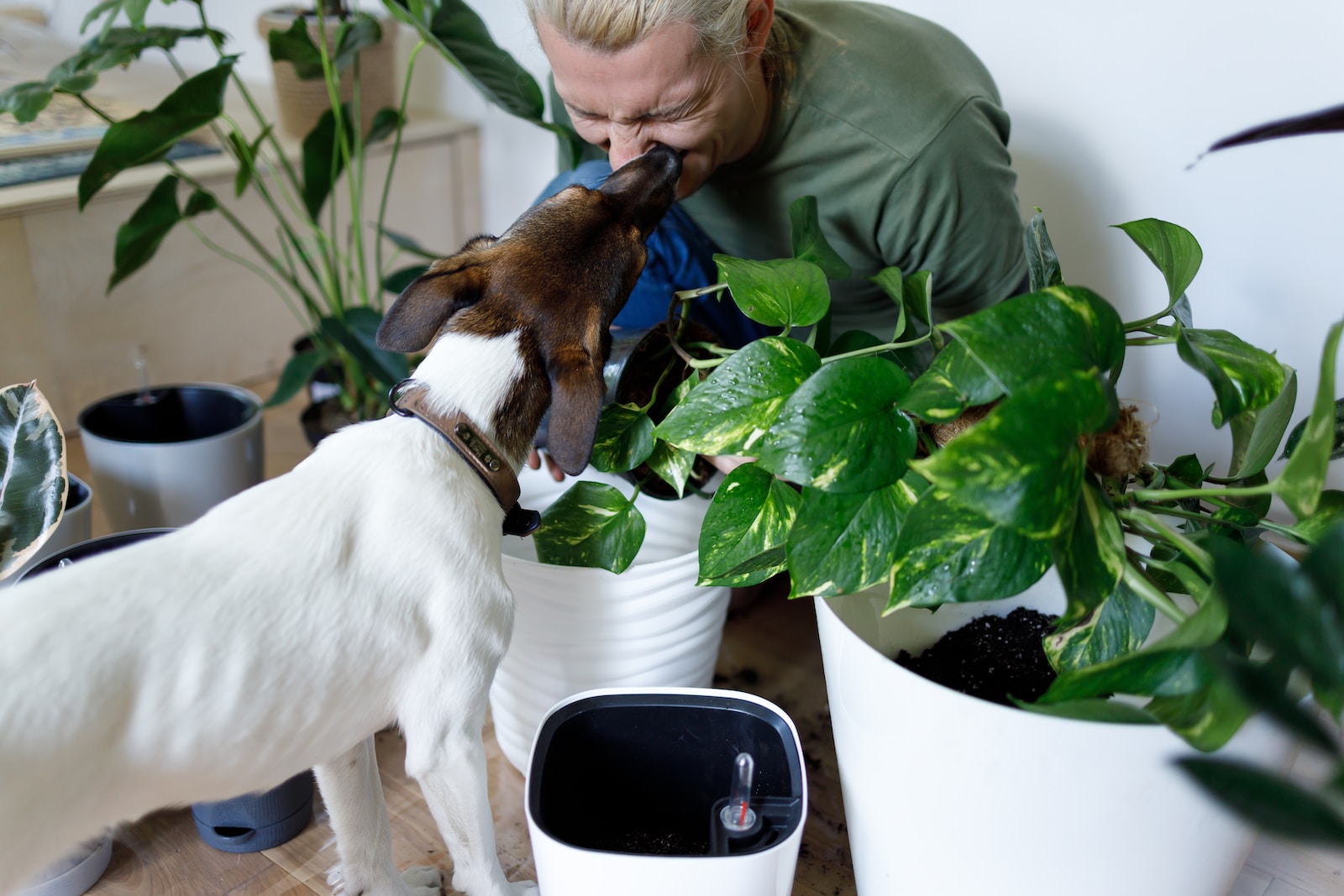Have you ever wondered which is smarter, cats versus dogs? People often have friendly arguments about this topic. While it’s not easy to measure animal intelligence, we can look at different things to understand more. In this article, we’ll explore the smarts of cats and dogs, looking at their special qualities, behaviors, and abilities. By doing this, we’ll try to figure out if cats or dogs can be considered smarter.
Understanding Smart Cats

Cats are known for being independent and clever animals. Even though they show their intelligence in different ways than dogs, they have their own special skills. Let’s look at some things that make cats smart:
Problem-Solving: Cats are good at finding solutions to puzzles and challenges. They are resourceful and can adapt to difficult situations. For example, they can figure out how to open doors or reach places that are hard to get to.
Observant: Cats are great at paying attention to what’s happening around them. They notice even the smallest changes in their environment. This helps them stay safe and be aware of potential dangers or opportunities.
Hunting Skills: Cats are natural hunters. They have quick movements, are very sneaky, and can be patient when they’re hunting. These skills show how smart they are when it comes to catching prey.
Knowing Their Territory: Cats are really good at remembering where things are. They know the best hiding spots, routes, and how to find their way back home. This helps them move around and stay safe in their environment.
Exploring Clever Dogs

Dogs are famous for being loyal, easy to train, and friendly animals. They have been domesticated for a long time and have developed their own smart qualities. Let’s see what makes dogs intelligent:
Easy to Train: Dogs can learn and understand commands really well. They can be trained to do lots of things, from basic commands to more complicated tasks like search and rescue or therapy work. Dogs like to make their owners happy and are eager to please.
Understand Humans: Dogs are social animals that form strong bonds with people. They can sense and understand human emotions and behaviors. This makes them great therapy animals and loving companions.
Working Abilities: Different dog breeds are bred for specific jobs. Some are good at herding livestock, others are great guard dogs, and some are excellent at finding things like drugs or explosives. Dogs are smart at understanding and doing the jobs they were bred for.
Communication Skills: Dogs can communicate with humans and other dogs really well. They use their bodies, faces, voices, and eye contact to show what they want or how they feel. This helps them express themselves and understand others.
Comparing the intelligence of cats and dogs is not easy because they are smart in different ways. Cats are good at solving problems, being observant, hunting, and knowing their territory. Dogs are smart because they are easy to train, understand humans, have working abilities, and communicate effectively. Both cats and dogs have their own unique qualities that make them smart. We should appreciate their intelligence based on their individual characteristics.
FAQs
Can cats learn tricks like dogs?
Yes, cats can learn tricks too! It may take more patience and motivation, but using positive reinforcement can help teach cats tricks like sitting, shaking paws, or using a litter box.
Are dogs smarter because they can be trained?
Dogs are considered smart because they are trainable, but it’s important to remember that different animals have different kinds of smarts.
Do cats understand human feelings?
Cats can sense changes in their owners’ behavior and respond to them. While they may not understand emotions as well as dogs do, they can still form strong emotional bonds with their humans.
What is the smartest dog breed?
There are many smart dog breeds, such as Border Collies, Poodles, German Shepherds, and Golden Retrievers.
Can cats and dogs talk to each other?
Cats and dogs have different ways of communicating, but with time and socialization, they can learn to understand each other’s body language and sounds.












